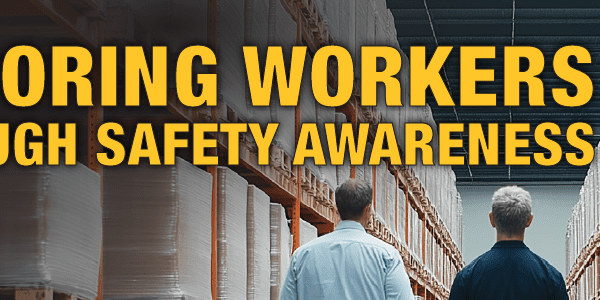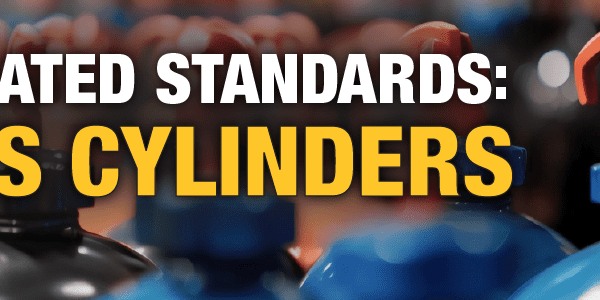Being a Home Owner Working in Safety
A part of being a homeowner is maintaining the structure and surrounding area. We do this to keep the city and neighbors happy, but also to keep the house in good working order. If you look around your neighborhood, yards are mowed and houses are painted. You will even see the occasional furniture delivery or roofer in the area. Another part of home ownership is keeping the inside up to date. After all indoor plumbing is nice and there is always the chance that the house will be sold in the future.
Our home is currently 16 years old and we’ve been in it for 8 years. It has not been updated much beyond some interior paint and a new roof thanks to St. Louis hail storms. We decided to update a bathroom. Easy enough given how small they are, right? It turns out we needed to gut the bathroom down to the studs since it was covered in wallpaper. During the demolition there was a ton of dust generated. Now that new drywall is up it has to be “mudded and sanded” which created even more dust. What was fascinating was the fact none of the folks working wore masks or respirators during any of this. Remember I work in safety so this bothered me greatly and sent me on a hunt for what exactly is out there regarding dry wall.
Drywall and Dust Exposure
The National Institute for Occupational Safety and Health (NIOSH) actually issued a Health Hazard Evaluation (HHE) about dust exposures resulting from drywall sanding in 1999. A link to the document can be found here.
What exactly are the hazards of drywall dust? NIOSH reports that some drywall joint compounds are made from ingredients including talc, silica, and gypsum which in dust form can irritate a person’s eyes, nose and respiratory airways. Long-term exposure to these chemicals can cause various health problems including persistent irritation, coughing, asthma-like symptoms and even lung cancer. Because of these hazards there are Permissible Exposure Limits (PELs) in place for worker safety. The Occupational Safety and Health Administration (OSHA) lists an 8-hour time weighted average exposure limit of 15 mg/m3 for total dust exposure to Particulates Not Otherwise Regulated (PNOR) and a respirable dust exposure limit of 5 mg/m3. From the study NIOSH did to compile their HHE, it was found that some workers’ exposure equates to more than ten times those limits.
Manufacturers are warning workers on their safety data sheets of the hazards of drywall dust and list appropriate personal protective equipment and ventilation on their safety data sheets. Some even suggested alternatives to dry sanding to cut down on the dust produced including wet sanding and portable vacuum systems. However, these are not followed or used as noticed by my own experience. According to the HHE, “When respiratory protection is worn, it is often used incorrectly with little thought to training, proper selection, or fit.” As a safety person this baffles me.
Given the work on my bathroom is not complete and with the knowledge I now have, guess who will have the gift of dust masks when work begins again? Yep, if the folks in my home won’t bring the necessary items to be safe, I’ll be supplying them along with a note to the “Big Boss” about my concerns.
As always, ICC is here for all of your safety needs. Contact us today for a plant audit or our 10 and 30-Hour General Industrial Trainings.






Sometimes I wonder if the same outcry over asbestos will happen for other dusty or fibrous materials. I had heard that glass fibre insulation was a ticking time bomb that everyone here in the UK has in their homes, if so the legislation needs to catch up with it, or else we could have a major public health issue at some point.
Agreed
Must do measures for the safety of the environment by focusing on drywall dust.